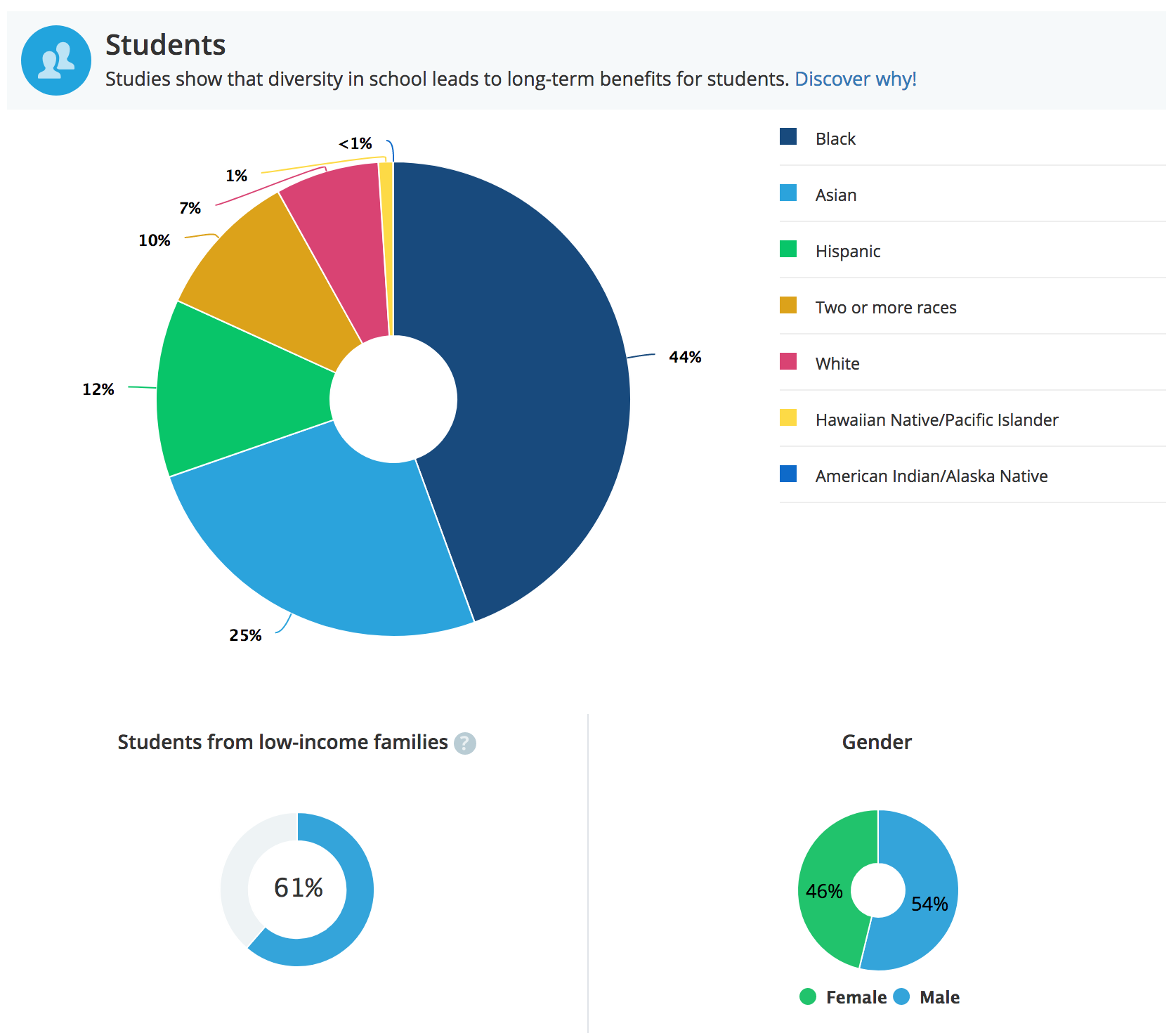OSPI's plan for collecting school data lacks transparency and urgency
/We can all pretty much agree that parents deserve to know how well their child’s school is doing. We can also agree, I think, that parents should be getting that information in a timely fashion. I mean, it wouldn’t do me much good to get my son’s second-grade report card when he’s in fifth grade.
That’s basically what OSPI is planning to do, though, so maybe I’m assuming too much thinking we all agree on the importance of timely information about schools.
Under Washington’s new ESSA plan, the state will measure graduation rates, how many students are reading and doing math on grade level, how well students are growing academically (even if they’re not yet on grade level), and other important stuff.
They’ll use all of this to give schools a report card based on a three-year average. Unfortunately, Washington will only ask schools to report every three years.
In other words, in some years, parents would have access only to school ratings based on information that’s between three and six years old. Taking a three-year average makes sense — it can be misleading to judge the hard work of teaching kids by such a small sample size as a single year. But not recalibrating that three-year average every year is a disservice to parents and others seeking to have timely information about what’s happening in Washington schools.
Take my son’s school, Emerson Elementary in South Seattle, as an example. We will have a new principal in the fall, and when Dr. Erin Rasmussen officially replaces the outgoing Dr. Andrea Drake next month, she will be the school’s fourth principal in the last four years.
So, if I’m a parent looking for more information about Emerson under Washington’s new ESSA plan, I might be looking at a rating based on data collected four principals ago.
Of course, it’s not exactly a straightforward process trying to learn about school quality as it is.
GreatSchools.org rates Emerson a 2 out of 10 and seems to consider the school to be subpar by almost every conceivable metric except diversity, which, to the site’s credit, they do explain as being a genuine strength.
Thurgood Marshall Elementary, as another example, is also a public elementary school in Seattle, but it’s an option school, which means students can enroll from anywhere in the district and typically whitens up the student demographics. Thurgood in particular commonly draws students from the south end looking for a choice beyond their neighborhood school.
Great Schools gives Thurgood Marshall a 10 out of 10 rating. The test scores look good, and it’s a fairly diverse school, even if white students do outnumber any other individual racial/ethnic group by more than 2:1. So, it must be better than Emerson, right?
As clear cut as Great Schools would make it seem, they aren’t sharing the full picture either. Take this article from last year from the Seattle Globalist, whose second paragraph poses a simple question you wouldn’t have known to ask from looking at Thurgood’s perfect rating: “Why are the classrooms inside Thurgood Marshall so segregated?”
So, then I’m back at square one. I obviously don’t want my son, himself a student of color, attending a school that is systematically discriminatory. But I obviously don’t want my curious, intelligent, expressive, creative son going to a school that can’t challenge him academically, either.
As always, I have more questions than answers. One thing is clear, though: it’s almost impossible to make a fully informed decision with our current school rating and accountability systems.
We need that to change, and moving to a data collection plan that only checks in every three years is not a step forward. If parents are going to gain timely access to truly relevant information about their schools, it will happen by monitoring this process of developing a new ESSA plan and demanding more equitable schools and more thorough, transparent reporting processes.








